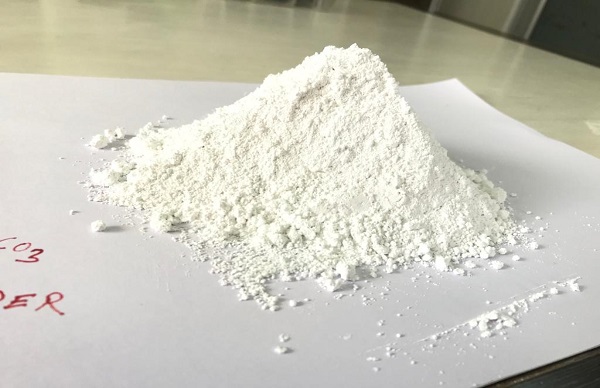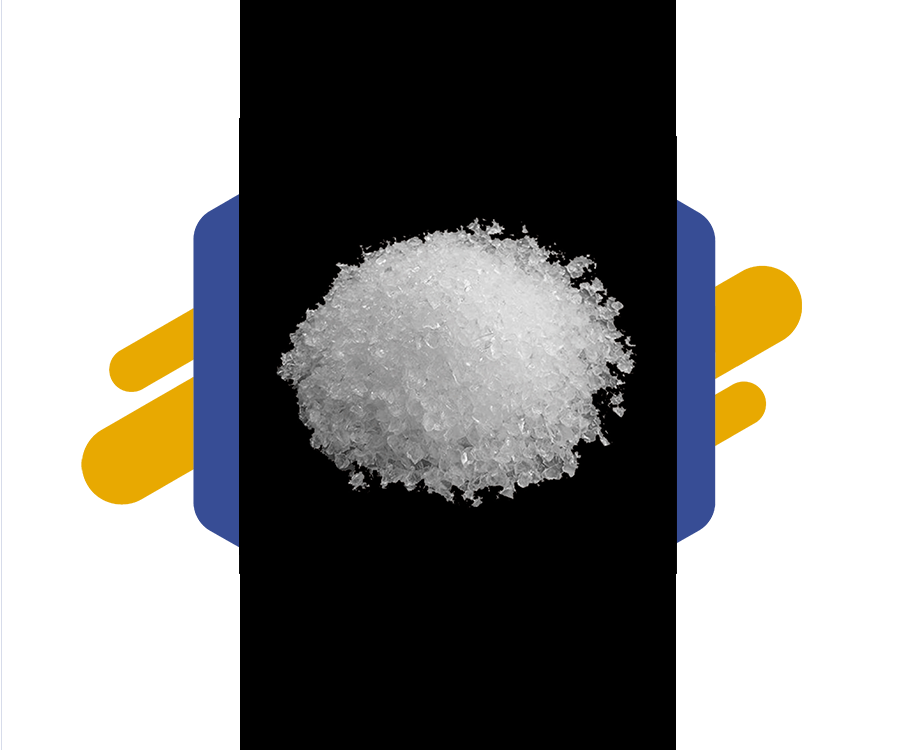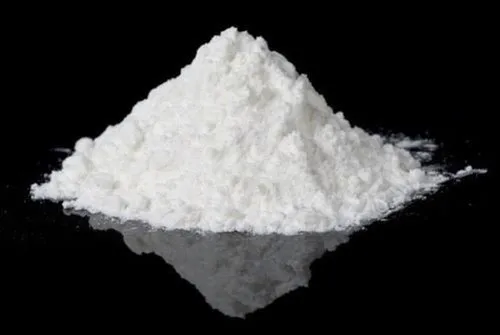
What is the use of talc powder in the plastic industry?
June 6, 2023
Dolomite Powder vs. Limestone Powder: Understanding the Differences
June 19, 2023What is the use of talc powder in the plastic industry?
Introduction:
Calcium carbonate is a widely used chemical compound with the formula CaCO3. It is an essential substance found in nature and has various industrial applications. In this blog, as a responsible, reputed and trusted Calcium Carbonate Powder Manufacturer we will explore to you the step-by-step manufacturing process of calcium carbonate, from raw material preparation to packaging and distribution.
The Step-By-Step Manufacturing Process
- Raw Material Preparation: The first stage in the manufacturing process of calcium carbonate involves the preparation of raw materials. The primary raw material used is limestone, which is a sedimentary rock composed mainly of calcium carbonate. Limestone is usually obtained from quarries or mines. It is then crushed and screened to obtain the desired particle size. The quality and characteristics of the limestone used can have an impact on the properties of the final calcium carbonate product.
- Calcination: The next step in the manufacturing process is calcination. Calcination refers to the heating of the crushed limestone at high temperatures to convert it into lime (calcium oxide) and carbon dioxide. This process is carried out in a kiln, which can be a vertical shaft kiln or a rotary kiln. The limestone is heated to a temperature of around 900-1000°C, causing the calcium carbonate to decompose and release carbon dioxide. The resulting product is quicklime or burnt lime.
- Hydration: After calcination, the quicklime obtained is hydrated to produce slaked lime (calcium hydroxide). Hydration is achieved by adding water to the quicklime in a process called slaking. The reaction between quicklime and water is highly exothermic, releasing a large amount of heat. The slaked lime produced can be in the form of a fine powder or a suspension in water, depending on the desired application.
- Carbonation: The slaked lime is then subjected to carbonation, where it reacts with carbon dioxide to form calcium carbonate. This process is known as precipitation or carbonation. Carbon dioxide can be obtained from various sources, such as industrial flue gases, the atmosphere, or by burning fossil fuels. The reaction between calcium hydroxide and carbon dioxide is as follows:
Ca(OH)2 + CO2 → CaCO3 + H2O
The carbonation reaction can be carried out in different types of reactors, such as a batch reactor or continuous stirred-tank reactor (CSTR). The reaction is typically carried out under controlled conditions of temperature, pressure, and pH to optimize the precipitation of fine calcium carbonate particles.
- Separation and Drying: After the carbonation process, the calcium carbonate precipitate needs to be separated from the liquid phase. This can be done through various methods, such as filtration, centrifugation, or sedimentation, depending on the desired particle size and purity. The separated calcium carbonate is then washed to remove any impurities or residual chemicals. Once separated, the calcium carbonate is dried to remove the moisture and obtain a free-flowing powder. The drying process can be achieved through various methods, such as air drying, spray drying, or using rotary dryers. Drying is crucial to ensure the stability and usability of the final product.
- Surface Modification (Optional): In some applications, the manufactured calcium carbonate may undergo surface modification to improve its properties. Surface modification can involve coating the particles with various substances, such as stearic acid, to enhance dispersion, reduce agglomeration, or improve compatibility with specific applications. Surface modification can be carried out using techniques like dry surface modification or wet surface modification, depending on the desired outcome.
- Packaging and Distribution: The final step in the manufacturing process is the packaging and distribution of calcium carbonate. The product is typically packaged in bags or bulk containers, depending on the requirements of the customers. Proper packaging ensures the protection and preservation of the calcium carbonate during storage and transportation. It is then distributed to various industries for use in a wide range of applications, including the production of paper, plastics, paints, adhesives, rubber, and construction materials.
Conclusion
The manufacturing process of calcium carbonate involves several essential steps, starting from raw material preparation to packaging and distribution. Each stage contributes to the production of high-quality calcium carbonate products with specific characteristics tailored for various industrial applications. By understanding the manufacturing process, we can appreciate the versatility and significance of calcium carbonate in numerous industries. At last, we are Sudarshan Group, a trusted name in the industry, proudly offering the finest quality calcium carbonate powder. If you are in need of this essential mineral for your business or projects, contact us today for exceptional products and reliable service.



